HIDDEN STORIES ON CANVAS | AHMER FAROOQ'S EXPLORATION OF MARGINALIZATION
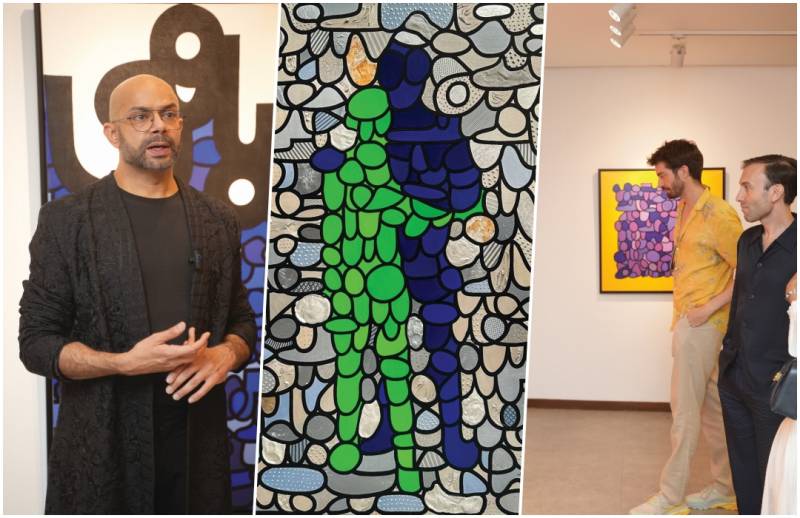
Ahmer Farooq is a Lahore-based contemporary visual artist. His current body of work, which is part of his “Archipelago of the Self" series, explores how Pakistan's marginalized people interact with public space. To draw attention to the nation's many underprivileged communities and share the tales of its rich socio-cultural landscape, Farooq has designed a unique Urdu script. According to the artist, his latest collection was a call to action for those who possess the "courage, resilience and hope of building bridges that reconnect all our islands." He contrasted the Self to a group of islands, or a "dispersal of remote islands amid the unrelenting ties of social currents."
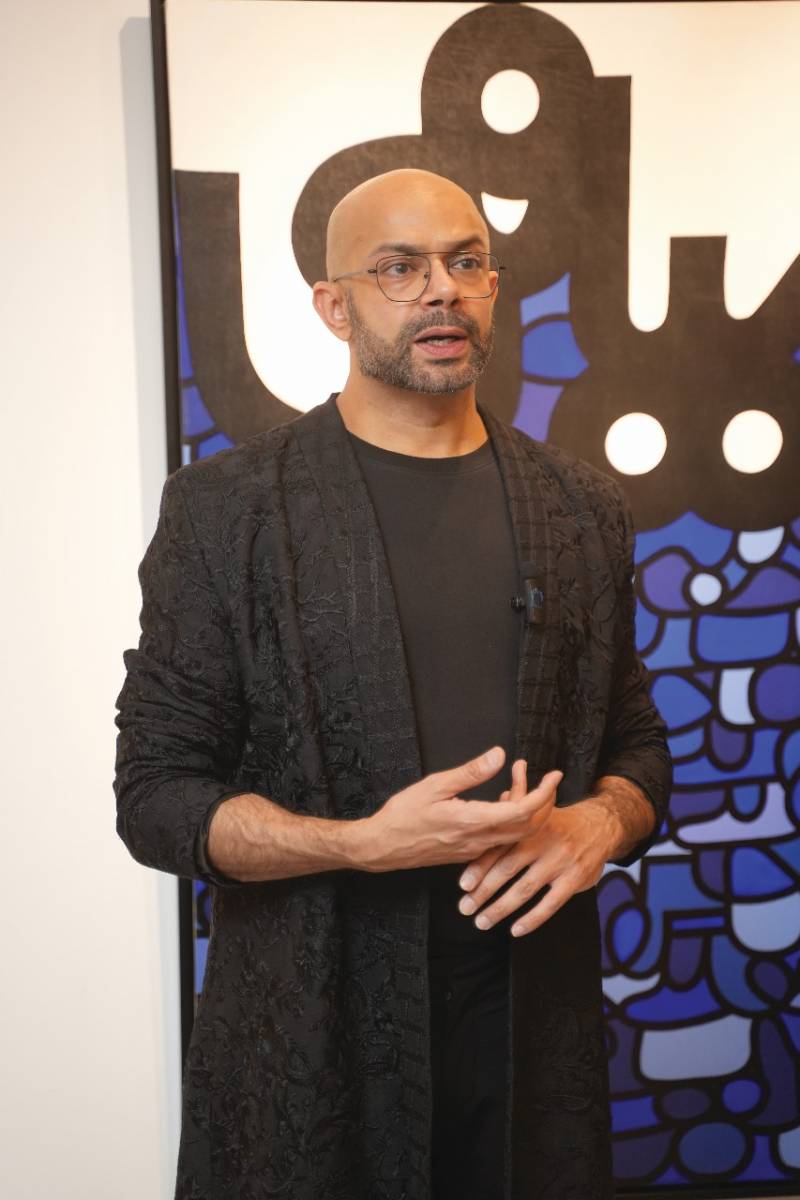
Marginalization is a global issue that needs to be addressed by respecting individual and community identities and upholding the fundamental rights of those who are left out of society. The primary idea depicted in the artist's paintings was this. Telling the experiences that he believes are often silenced by Pakistan's conservative society is Farooq's aim. Farooq's unique descriptive style, which draws from the experiences of religious minorities, the transgender community, and large portions of the population, powerfully expresses the essence of persistence and defiance despite the obstacles.
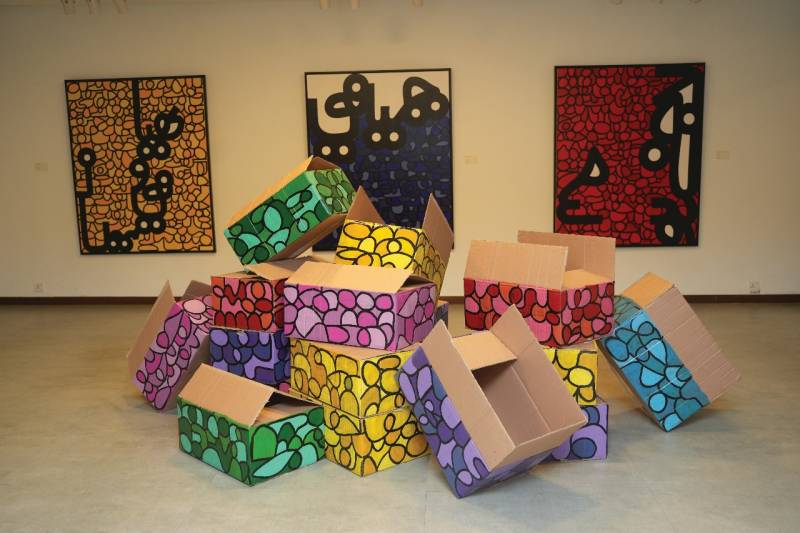
Ahmer's paintings contain a lot of depth beneath their seemingly vivid and bold exteriors. Through a masterful exploration of the intricate interaction between social and personal forces, Farooq's compelling work deftly navigates the complex structure of the self. It talks about the jumbled lives of those on the margins. Regardless of their difficulties, everyone deserves to be acknowledged, heard, and respected for their distinct personalities. This exhibition serves as a powerful reminder of this. Pakistan is not an isolated country; marginalization is a global problem that is mostly disregarded. The artist underlined the need of accepting diversity and giving marginalized individuals and cultures an equal voice and space in order to foster harmony in society. Through this one-of-a-kind piece of art, the artist has skillfully communicated this message to the viewers. This exhibition is both a tribute to the resilience of marginalized populations and a call to action for increased tolerance and acceptance in our society. His art serves as a reminder that despite the challenges they may face, each person deserves to be valued for who they are. The artist explores the topography of the canvas, portraying people's emotions and sense of self as well as their suffering and triumphs. As a result, it's incredibly perceptive and stimulating.
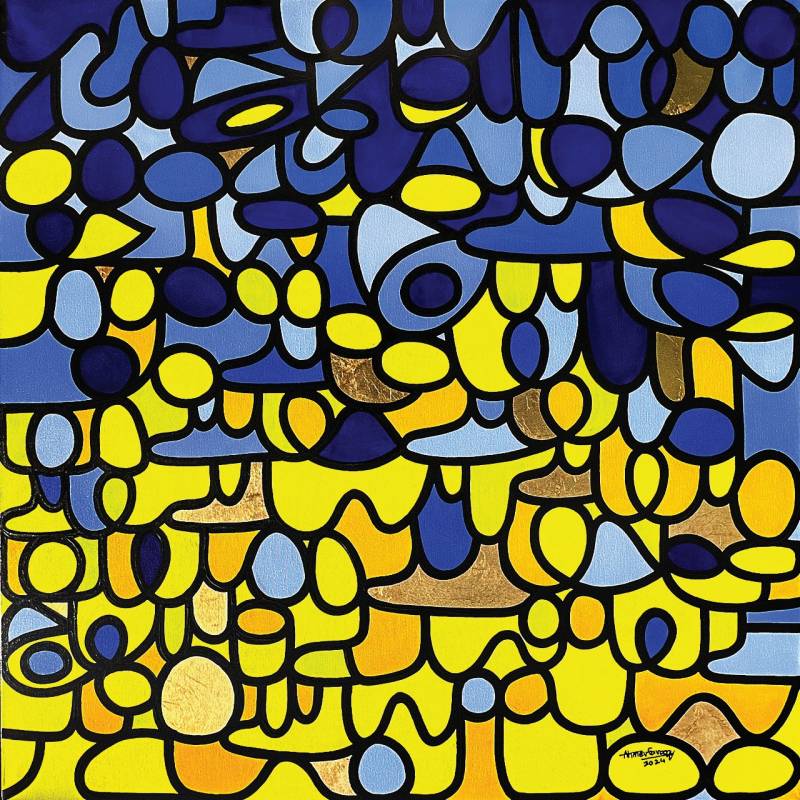
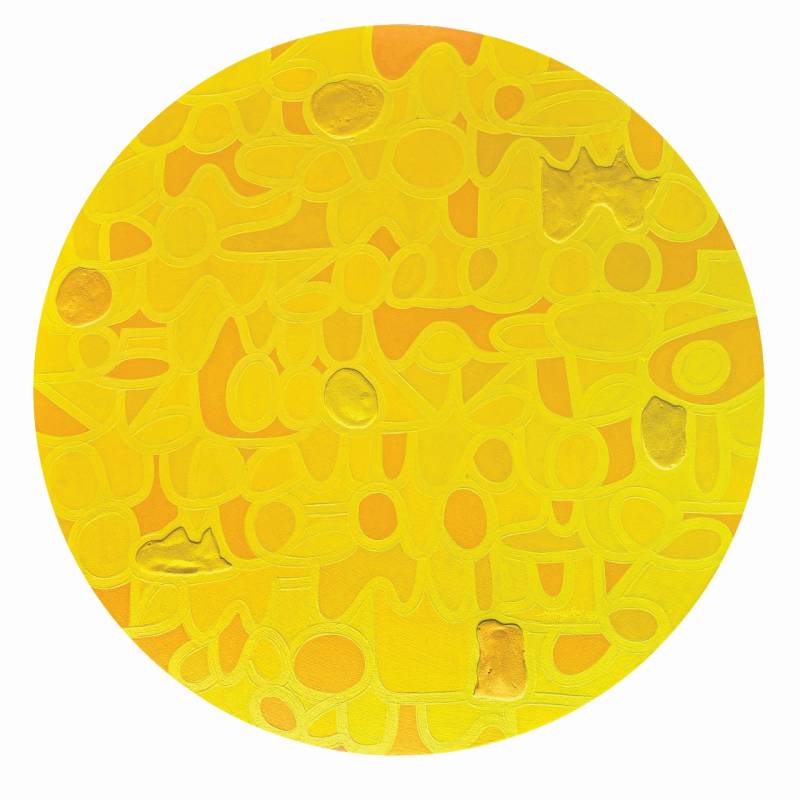
This time, Farooq's effort takes a different turn: as the protector of Pakistan's downtrodden, as he likes to call himself, he has written a unique script in Urdu to preserve privacy regarding their extremely personal successes and misfortunes. "Looking at the canvas, you would notice that the text or information is not really readable," Farooq said, pointing to the enormous, stylized calligraphic alphabets on his vivid canvases. This is intentional because, for example, when you look at someone from this distance, all you see is a person; you have no notion about their past or the struggles they face. This information is private in nature. The artist clarified that the focus of his most recent collection was "the stories of marginalized communities" in Pakistan, which is why he was utilizing a secret new language.
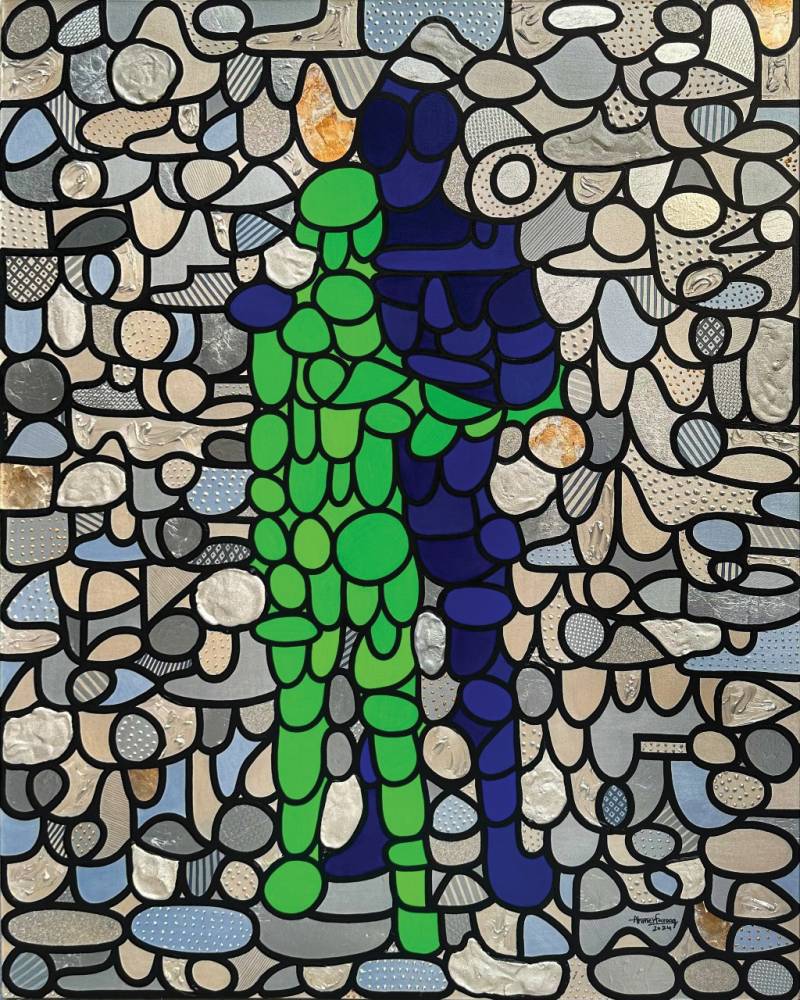
By examining the artwork, viewers are urged to think about the concepts of diversity and connectedness in a wider context. The title itself suggests that people are like a group of islands, each distinct but contributing to a harmonious total, much like the different aspects of a person's personality or the diverse elements of a society.

In his most recent body of work, the artist immerses viewers in the world of constant negotiation of public, private, and secret spaces that marginalized people — women, people of color, transgender people, ethnic minorities, queer people, and the impoverished — have to navigate in order to feel safe and accepted. "Anyone can be a part of the marginalized communities; this can include religious minority groups and transgender people. It could be individuals who, like you and me, don't conform to a certain standard that society expects us to follow. The artist's title choices, which use the prefix "un," effectively describe the negation of identities, equal voice, and spaces by socially oppressed communities, ethnically marginalized groups, and religious minorities.

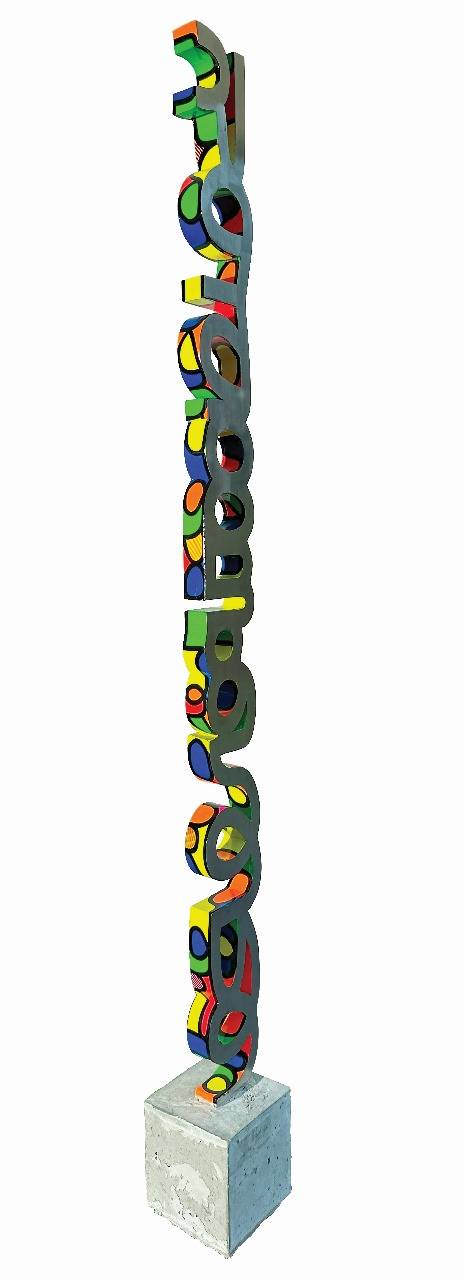
These choices invite viewers to confront and consider the systemic inequalities ingrained in society. The terms "invisible," "unrecognised," "unnoted," "unmatched," and "unmarked," which brutally depict these groups' excluded status and experiences, are used in each title. Regardless of their difficulties, everyone deserves to be acknowledged, heard, and respected for their distinct personalities. His works serve as a powerful reminder of this.
PHOTOS: COURTESY AHMER FAROOQ
